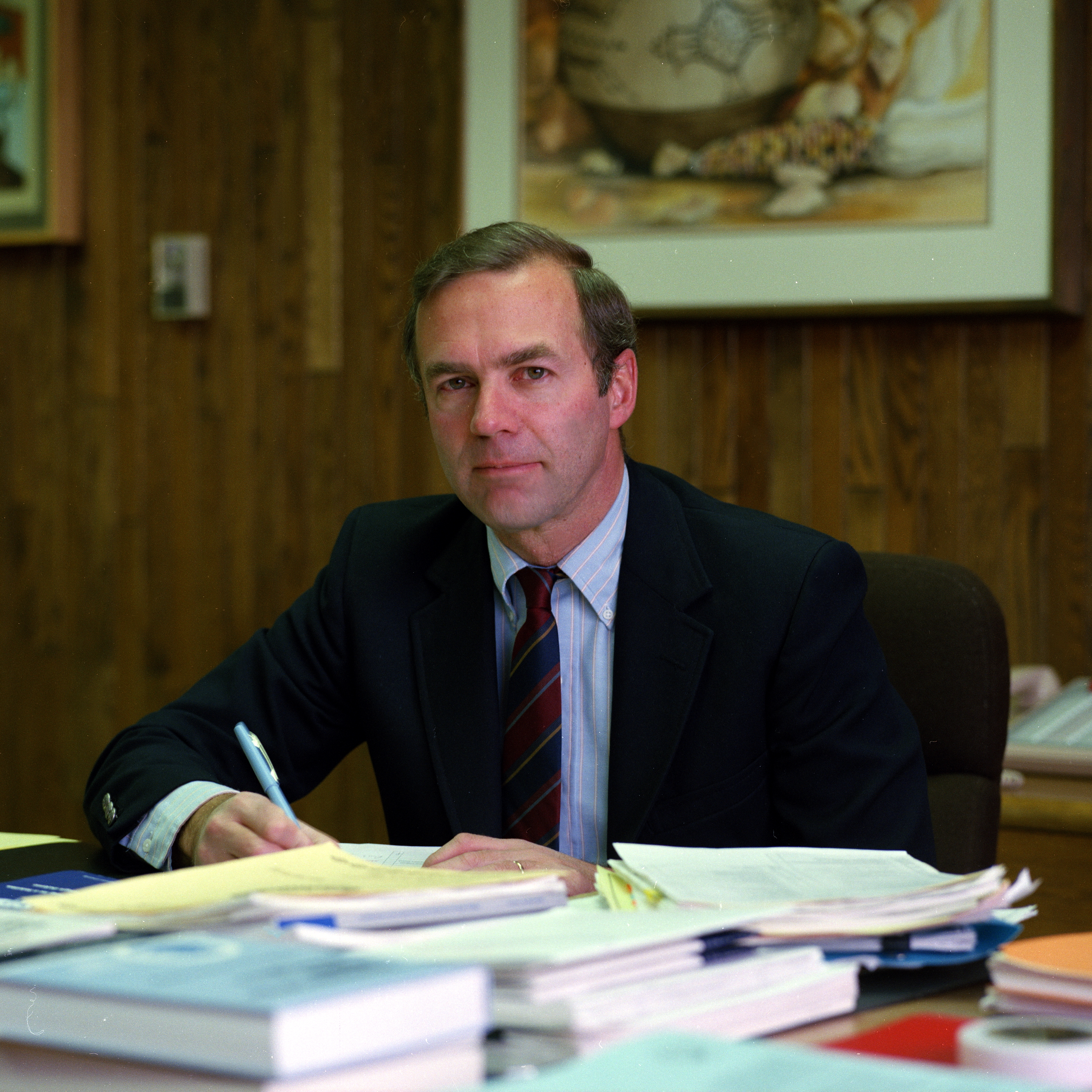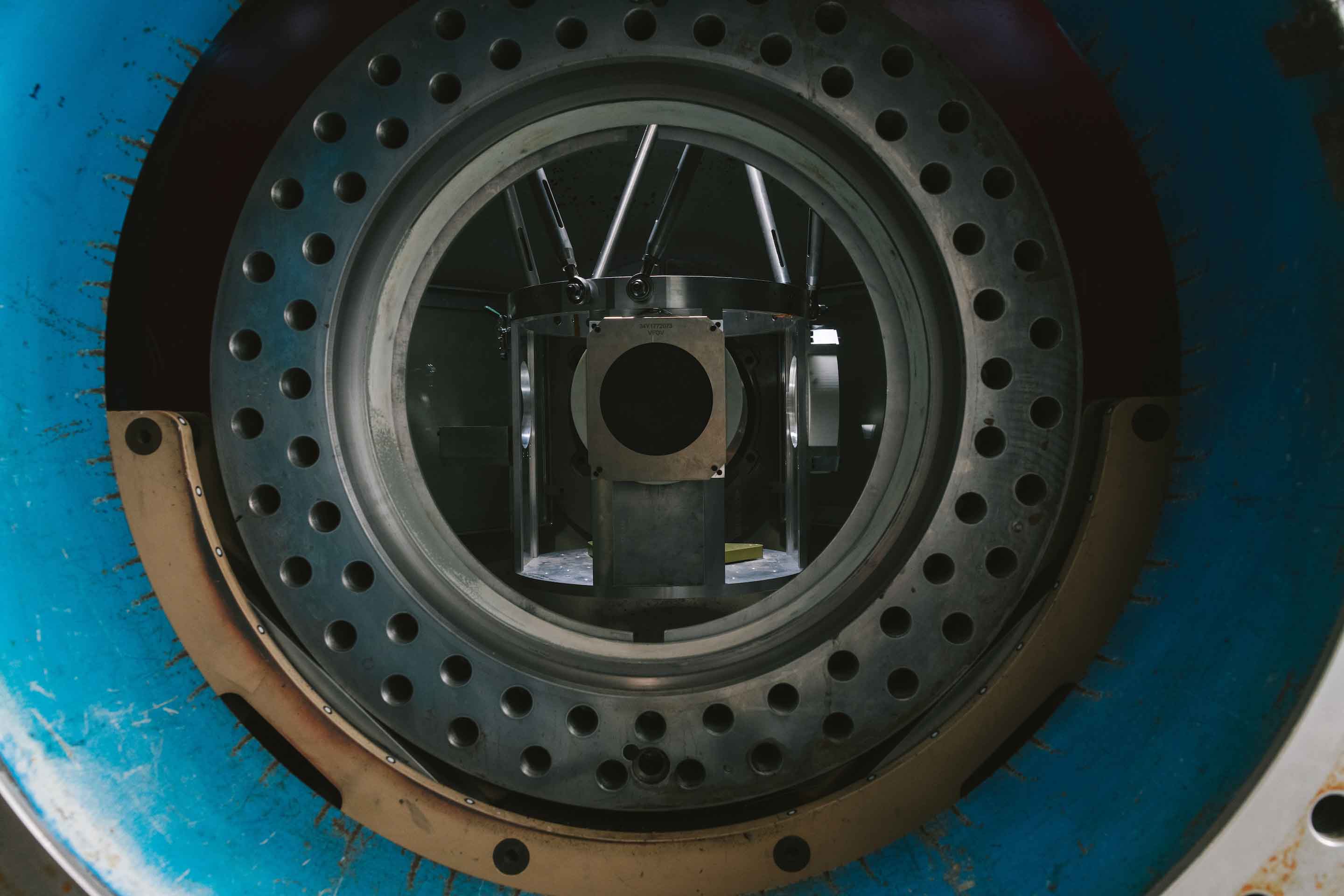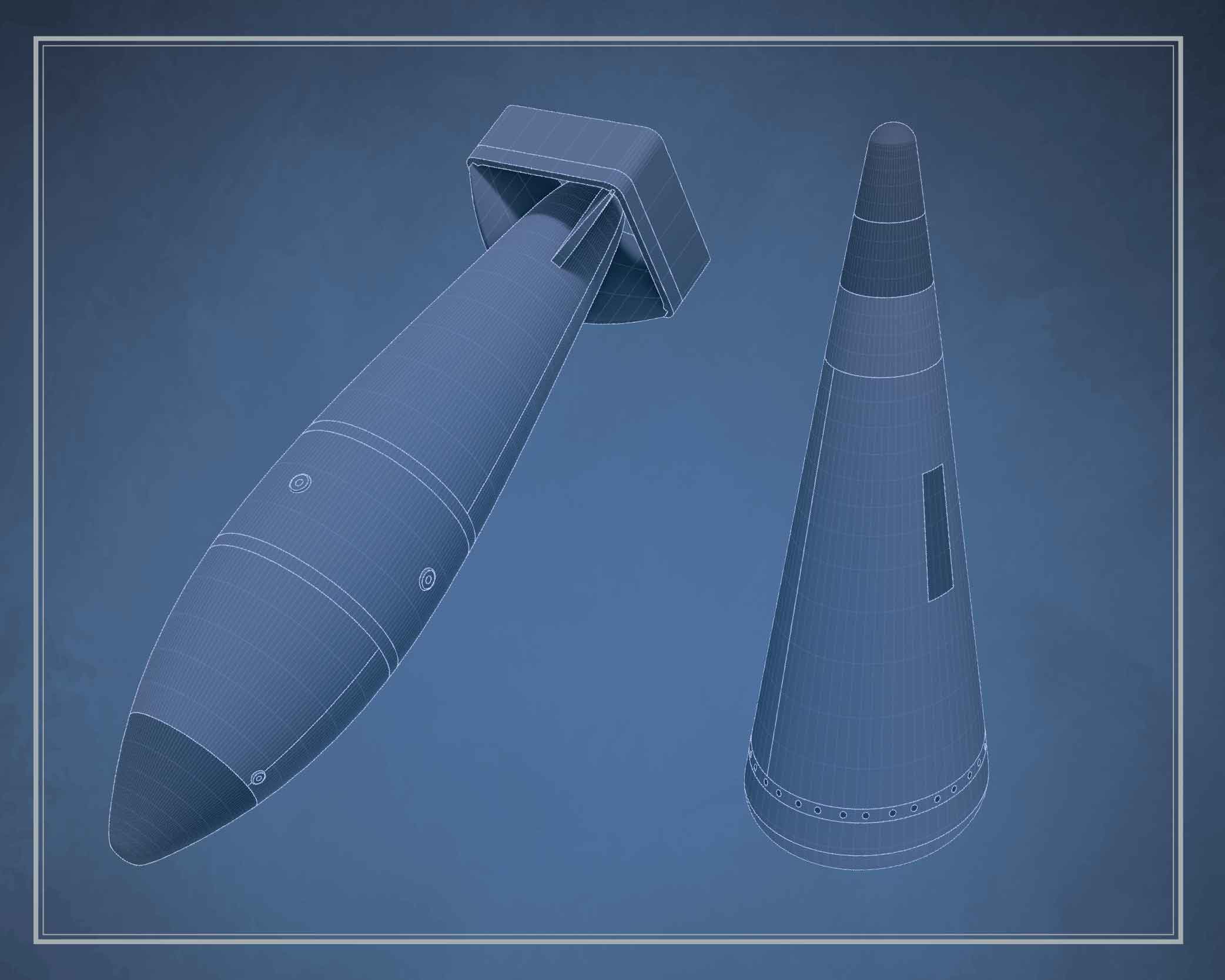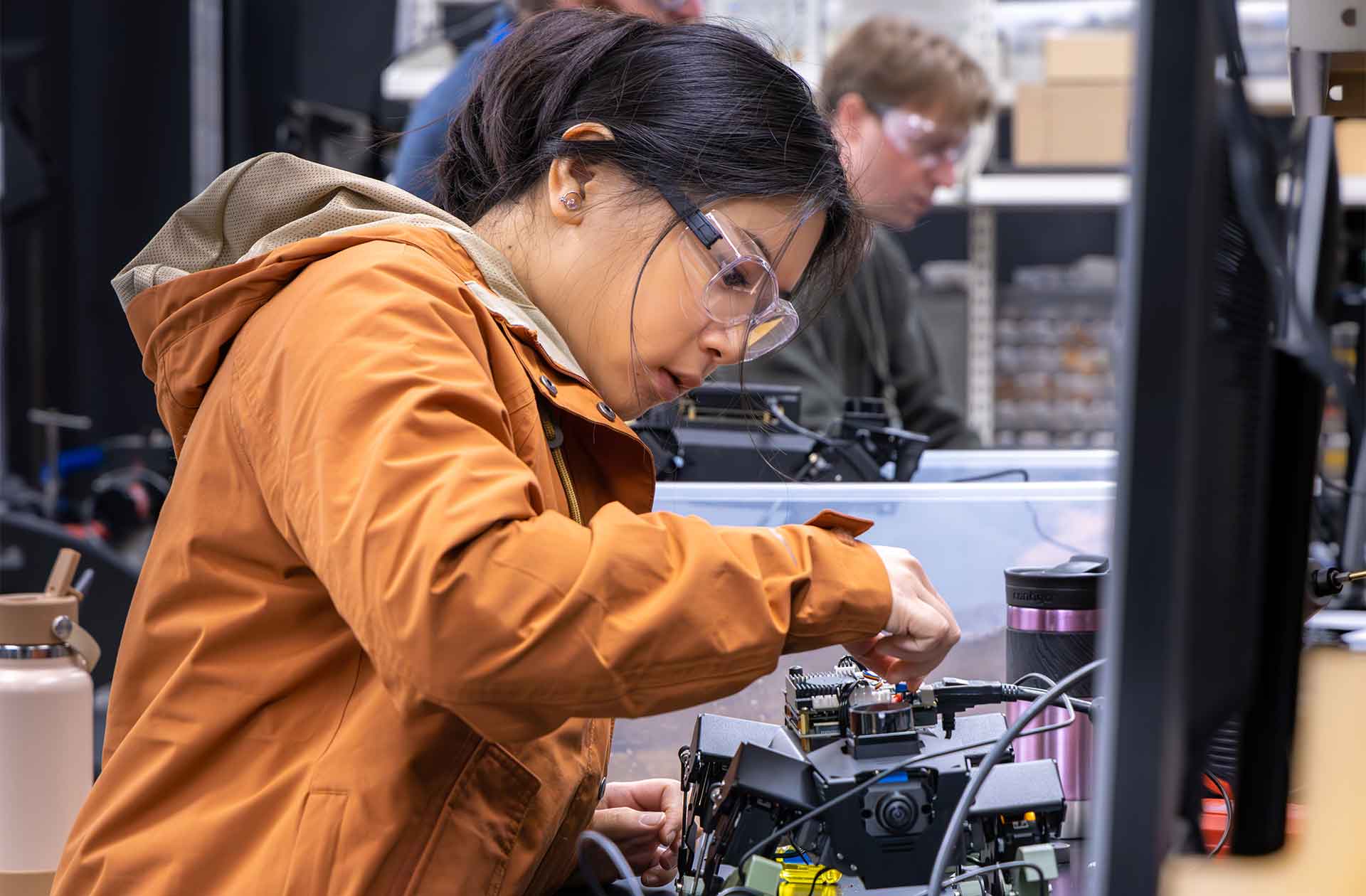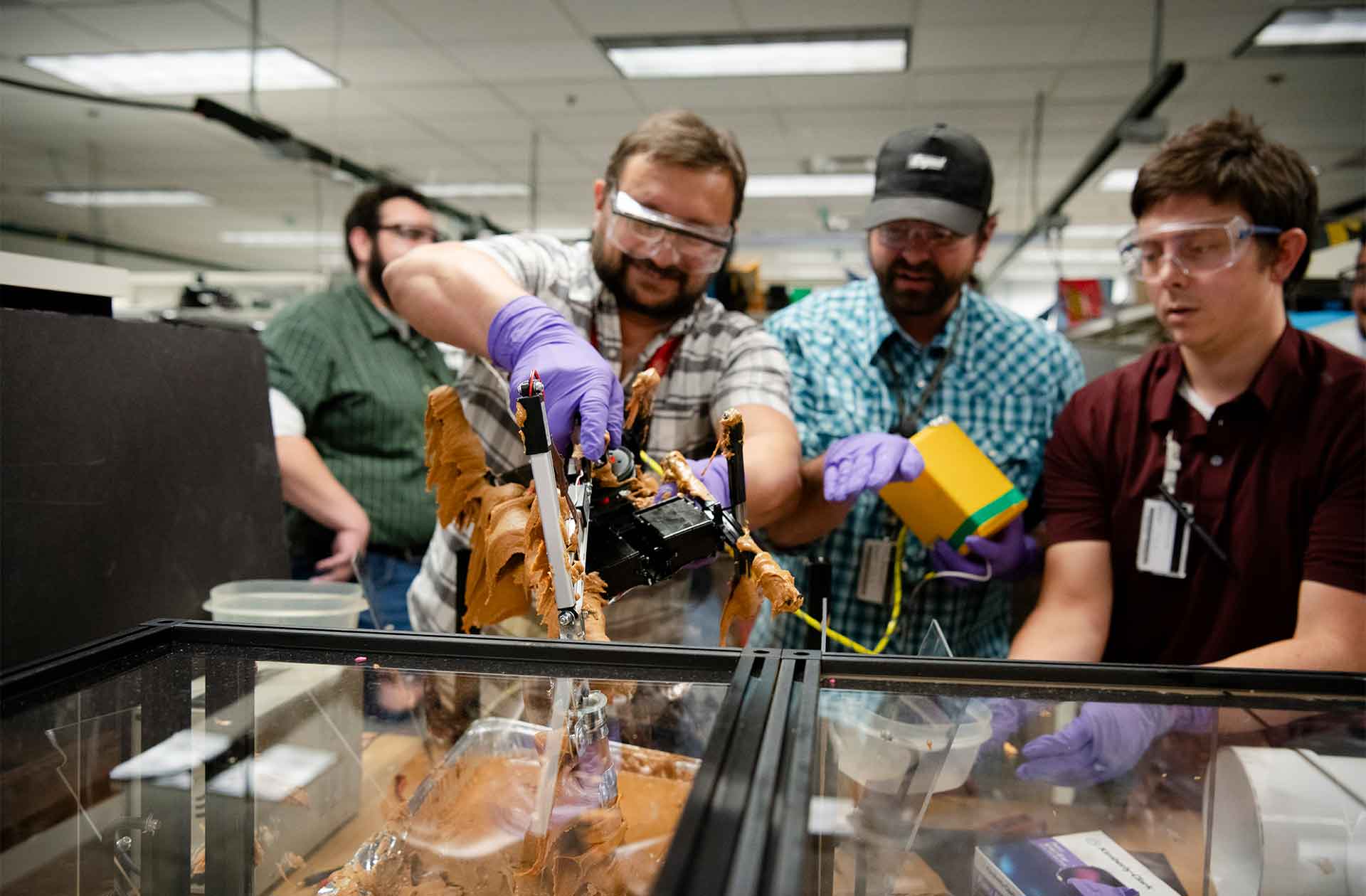The physics issue
Innovative science helps ensure national security.
- Charlie Nakhleh, Associate Laboratory Director for Weapons Physics

By Charlie Nakhleh,
Associate Laboratory Director for Weapons Physics
Solving national and global security challenges requires world-class physics, which means bringing world-class experimental facilities, theory, and computational capabilities to bear on tough problems. Los Alamos National Laboratory has been an established leader in this type of national security work for more than 80 years.
Our primary mission here at Los Alamos is to develop and maintain the nation’s nuclear deterrent, and our ability to execute this mission depends on our understanding of both fundamental physics and the ability to accurately predict the performance of intricate physical systems. Physics is the foundational discipline for understanding the design and operation of nuclear explosive devices. In the course of doing our work, we draw upon many fields of pure and applied physics, including nuclear physics, plasma physics, thermodynamics and statistical physics, hydrodynamics, and many aspects of materials science. Our goal is to ensure that the nation’s nuclear stockpile remains safe, secure, and reliable in the absence of full-scale nuclear explosive tests.

This issue of National Security Science magazine will introduce you to some of the Laboratory’s passionate and dedicated physicists, the work they do, and some of the complex scientific infrastructure that makes such work possible. Using state-of-the-art scientific facilities and the Lab’s extensive high-performance computing capabilities, Los Alamos scientists develop and apply innovative theory, computational models, and multiphysics simulation codes. We also conduct applied physics experiments to generate data that places our scientific understanding on a firm foundation.
Much of that data is used to model and simulate aspects of weapon aging and performance, which helps with weapons assessment and design. Learn more here, and get to know some of the many physicists at the Lab as they explain their contributions to national security. Plus, you can explore an innovative Los Alamos program that helps train scientists working in weapons physics. Read about the Theoretical Institute for Thermonuclear and Nuclear Studies here.
You will also learn about a scientific instrument that has played a large role in experimental research to support stockpile stewardship. I’m talking about the accelerator, of which there are many types. These devices accelerate subatomic particles, such as protons and electrons, up to near-light speeds. We then put those particles to work in a number of fascinating ways. You can read about how we do that, and the work that is underway to upgrade two of Los Alamos’ flagship accelerator facilities, here.
This issue also explores how artificial intelligence (AI) is enhancing everything the Lab’s physicists do. Learn how AI is contributing to everything from fusion research to computational physics.
Finally, make sure to read the profile of former Los Alamos Director Charlie McMillan, an accomplished physicist, an outstanding leader, and a passionate advocate for the Laboratory and our work. Charlie died recently in a tragic car crash, and we all feel his loss keenly. Even if you did not know him personally, I hope that learning about him and his legacy will inspire you to live your life with the integrity, energy, and commitment he demonstrated each day. I did know him, and I count myself the luckier for that. ★
Download a PDF of the print issue, or browse the articles below:
ABSTRACTS
Betrayal, treason, lies, and spies
A new documentary tells the story of World War II espionage at Los Alamos.
Happy birthday, Victor Reis!
The “architect of stockpile stewardship” turned 90 in February.
Sparking collaboration
A new partnership with the University of Michigan will bolster high performance computing and AI work.
Probing plutonium
Los Alamos scientists conduct groundbreaking research on a complex element.
The mighty muon
Scientists harness cosmic particles to safeguard nuclear material.
Project Poltergeist
Frederick Reines won a Nobel Prize for detecting the neutrino.
Explosive evidence
Understanding the characteristics of underground explosions aids nuclear nonproliferation efforts.
Sixty years in the sky
After decades of service, the B-52 continues to deter the United States’ adversaries.
FEATURES
Physics for national security
Los Alamos physicists play a role in keeping America safe.
+ TITANS prepares scientists to work at a nuclear weapons laboratory
One byte at a time
Codes, models, and simulations inform computational physicists’ work.
The power of the plasma
High-energy-density physics unlocks mysteries that start with the stars.
Advancing accelerators
Major upgrades and a new, state-of-the art facility will support the nuclear weapons stockpile for decades to come.
Remembering Charlie McMillan
Los Alamos National Laboratory’s 10th director led with purpose, thoughtfulness, and integrity.
+ Remembrances from past and current Los Alamos employees
ANALYSIS
Stepping back from the nuclear brink
Los Alamos division leader John Scott talks nuclear weapons policy.
BEING ESSENTIAL
The physics of a fictional universe
Scientist and author Ian Tregillis’ latest work combines science and fantasy.
